Vietnamese astronomy enthusiasts have the opportunity to observe the Orionids, which will peak at midnight on October 21 and early morning on October 22.
The Orionids meteor shower runs annually from October 2 to November 7. Although not as frequent as in the past, the Orionids are very bright, putting on a spectacular show of light in the night sky. At its peak, there will be about 10-20 streaks of light appearing in the sky every hour, and it will be visible in both the Northern and Southern Hemispheres.
In early and mid-October, if you have a nice sky and a little luck, you can see a few meteors every night. However, according to Mr. Dang Vu Tuan Son, President of the Vietnam Astronomy and Cosmology Association (VACA), the peak of this phenomenon occurs on the night of October 21.
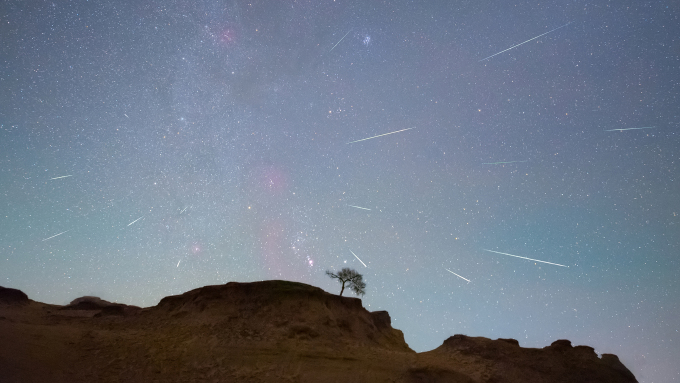
The Orionids meteor shower is seen from Daqing City, Heilongjiang Province, China, on October 22, 2020. Photo: CNN
Mr. Son said that this year, observation will be relatively favorable if there are no changes in the weather because the Moon will set early and the sky after midnight will not be blinded by moonlight. The first quarter moon of the month may obscure some evening meteors, but it will not affect too much.
In Vietnam, the best time to observe this phenomenon is after midnight on October 21, early morning on October 22, when the phenomenon reaches its peak and the constellation Orion (the central area of the phenomenon) has risen high enough. If the sky is clear enough (no clouds and little light pollution), this constellation is easily recognized by the 3 stars in a straight line forming Orion's belt and two very bright stars, Betelgeuse and Rigel.
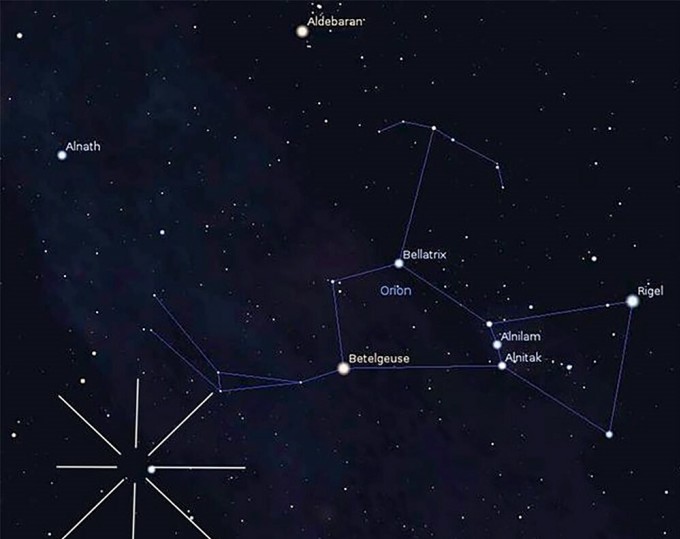
How to identify and observe the position of the constellation Orion in the sky. Photo: VACA
With meteors, observers do not need the support of any special tools to observe this phenomenon. You just need a clear enough sky, choose a safe observation location, and a little patience. After 20-30 minutes of watching the sky, your eyes will get used to the darkness and it will be easier to detect meteors.
The Orionids meteor shower is named after the constellation Orion, where most of the bright streaks are seen. They are actually a result of the famous Halley's comet (1P/halley), named after astronomer Edmund Halley.
Halley's Comet was last seen from Earth in 1986 and will return in 2061. It is a short-period comet, completing an orbit every 76 years, described as "occurring about once in a person's lifetime". The debris it leaves behind during its visits becomes a meteor stream that stretches across space. When our planet passes through the orbital area of the meteor stream, the debris hits Earth's atmosphere and burns up due to atmospheric pressure, creating many meteors that can be seen from the ground. The phenomenon was first recorded in the 19th century, when it was one of the biggest annual meteor showers.
Nhu Quynh
Source link



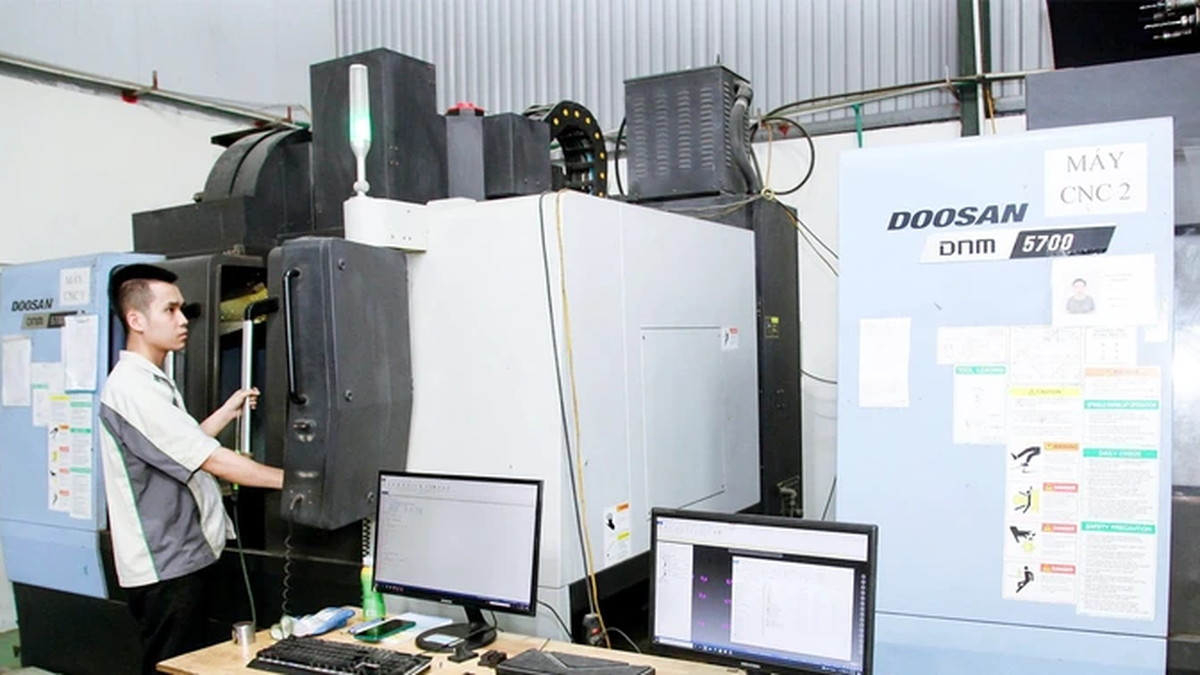


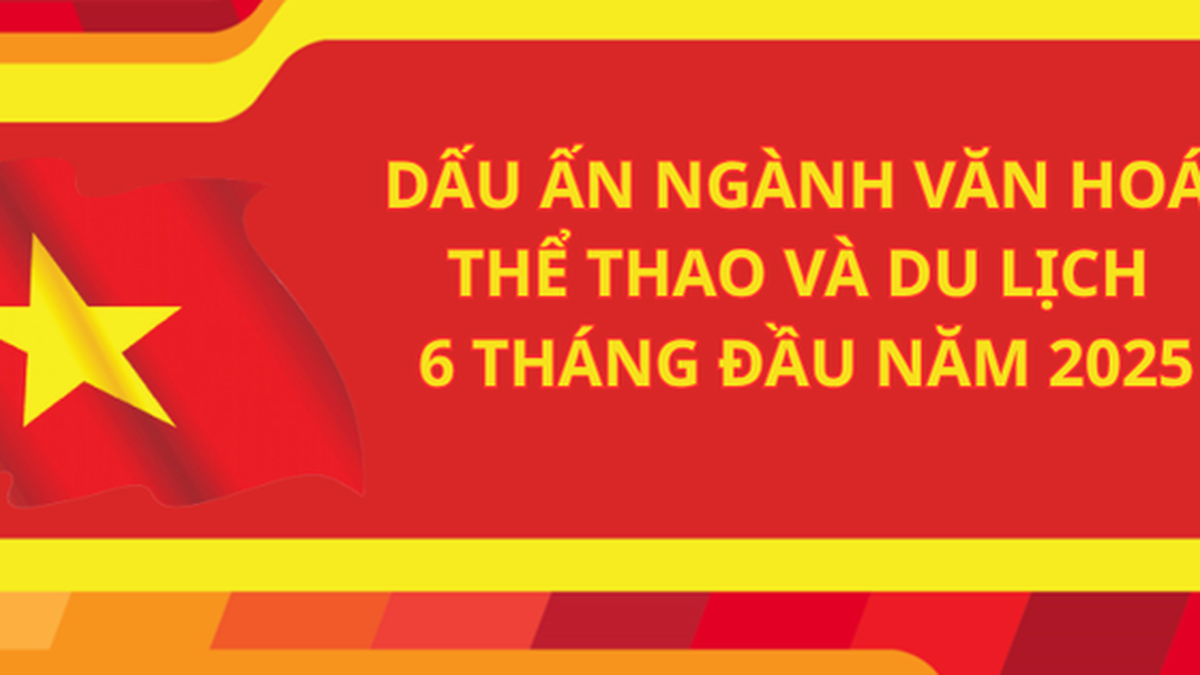

























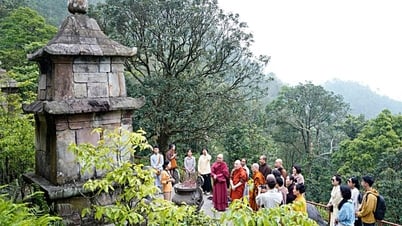



































































Comment (0)